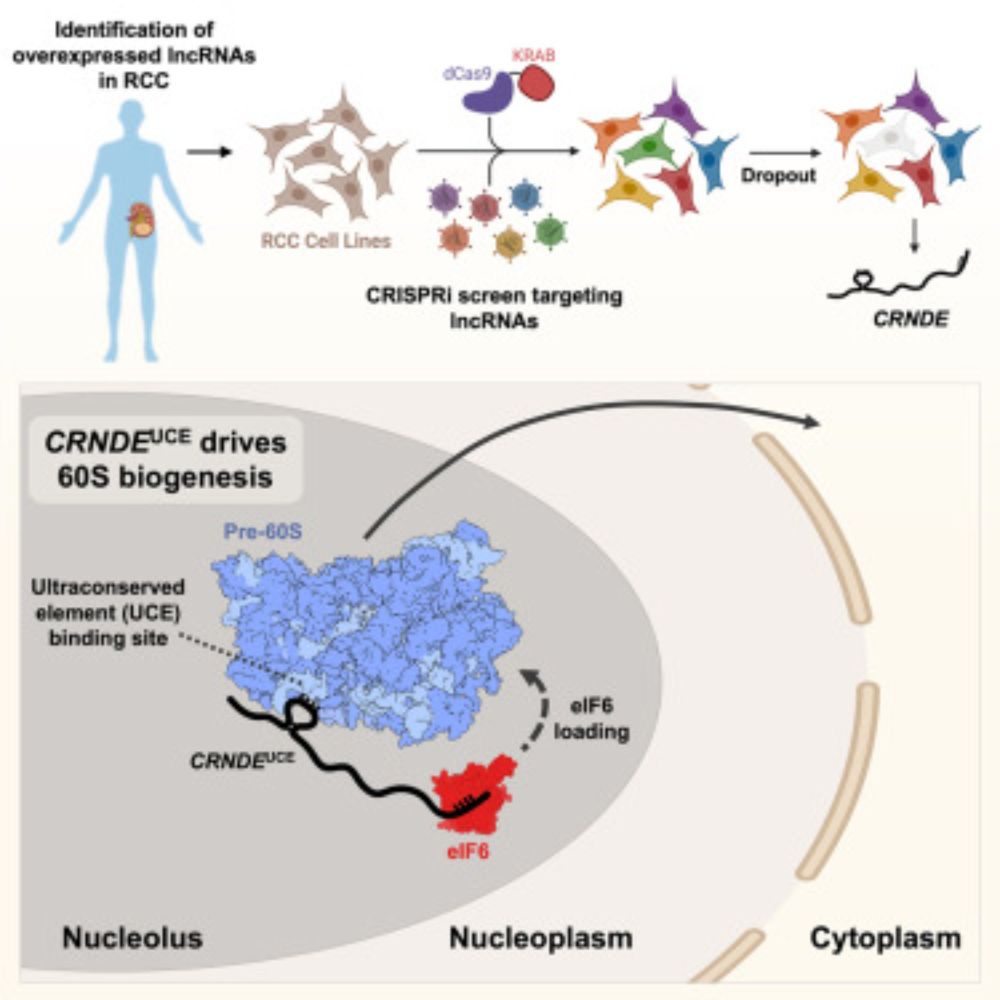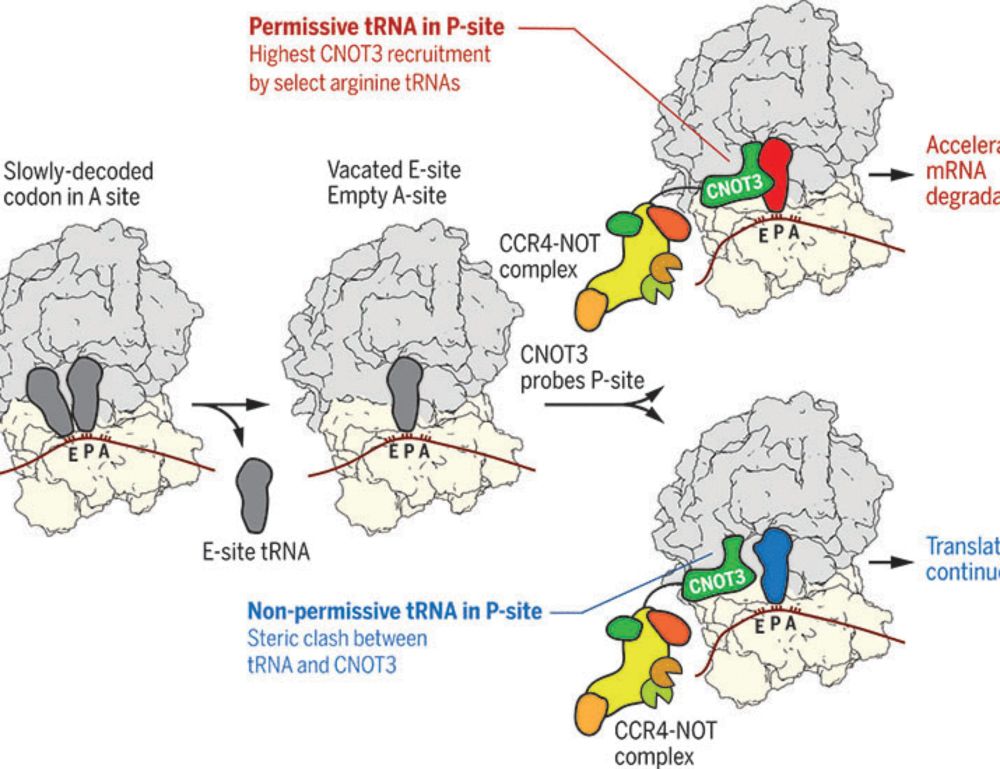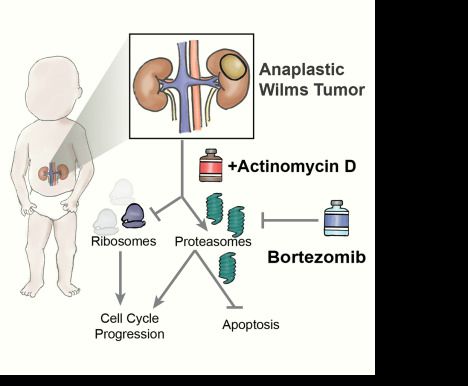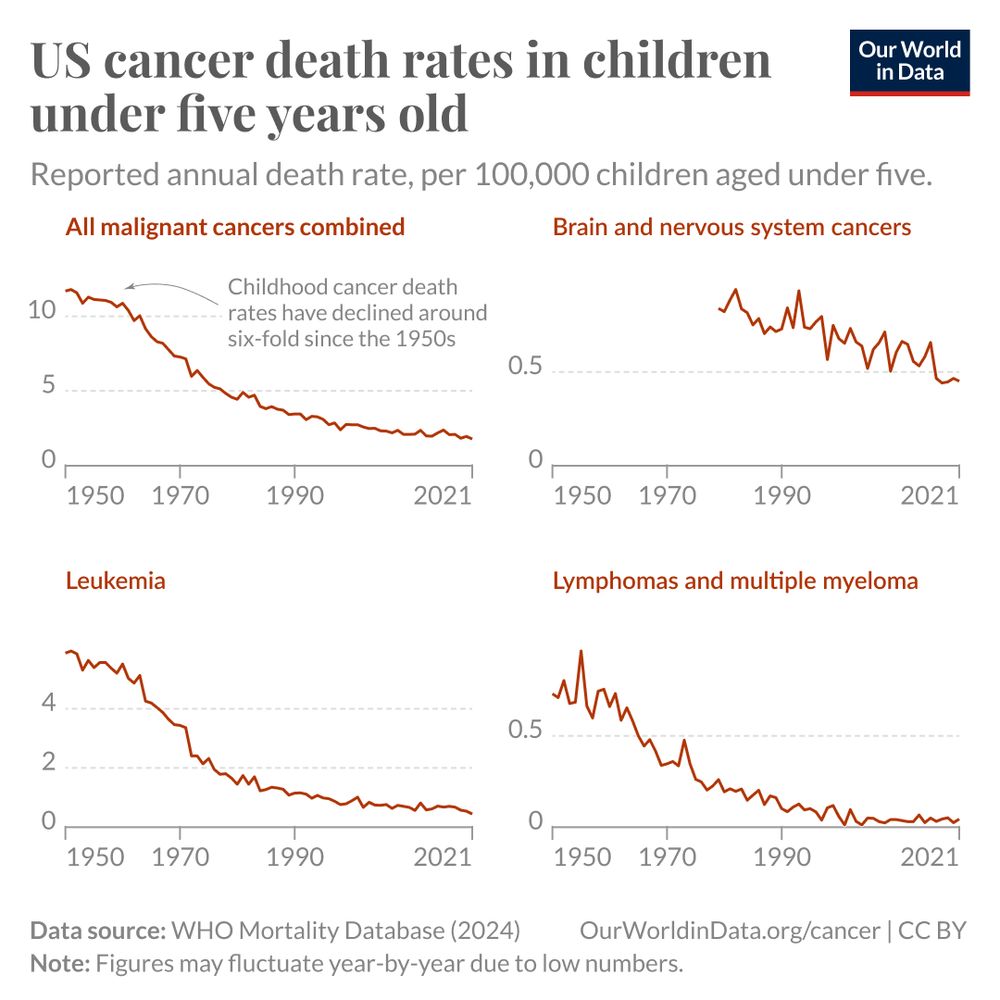Kenneth Chen
@kennethschen.bsky.social
210 followers
230 following
18 posts
Pediatric hematology/oncology, UT Southwestern | DICER1/DROSHA-driven childhood cancer | www.kennethchenlab.com
Posts
Media
Videos
Starter Packs
Kenneth Chen
@kennethschen.bsky.social
· Jul 23
Reposted by Kenneth Chen
Jack Kucinski
@jackkucinski.bsky.social
· Jul 23

Rhabdomyosarcoma fusion oncoprotein initially pioneers a neural signature in vivo
Kucinski et al. use embryonic zebrafish modeling to understand initial chromatin regulatory
mechanisms of fusion-driven pediatric rhabdomyosarcoma. They found that the PAX3::FOXO1
oncoprotein function...
www.cell.com
Josh Mendell
@mendell-lab.bsky.social
· Apr 3

An ultraconserved snoRNA-like element in long noncoding RNA CRNDE promotes ribosome biogenesis and cell proliferation
Cancer cells frequently enhance ribosome production to support rapid growth. Here,
Lee et al. demonstrate that an isoform of lncRNA CRNDE containing an ultraconserved
element (CRNDEUCE) promotes 60S r...
www.cell.com
Reposted by Kenneth Chen
Kenneth Chen
@kennethschen.bsky.social
· Mar 26
Reposted by Kenneth Chen
Reposted by Kenneth Chen
Kenneth Chen
@kennethschen.bsky.social
· Dec 10
Kenneth Chen
@kennethschen.bsky.social
· Nov 24
Reposted by Kenneth Chen
Reposted by Kenneth Chen
Josh Mendell
@mendell-lab.bsky.social
· Nov 22

Specific tRNAs promote mRNA decay by recruiting the CCR4-NOT complex to translating ribosomes
The CCR4-NOT complex is a major regulator of eukaryotic messenger RNA (mRNA) stability. Slow decoding during translation promotes association of CCR4-NOT with ribosomes, accelerating mRNA degradation....
www.science.org













